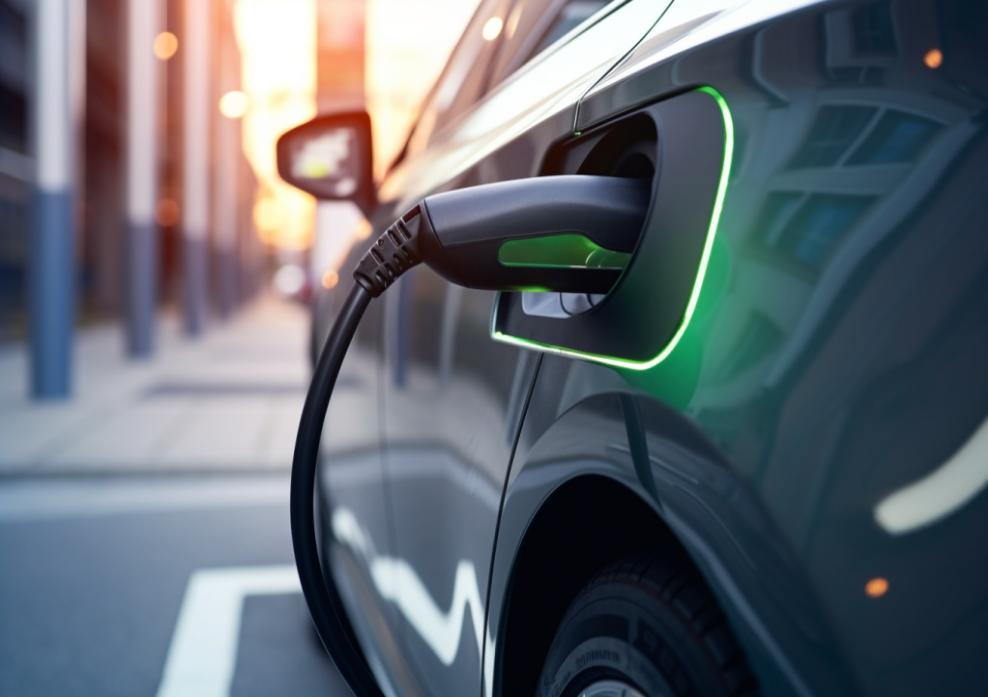
With the rise of new energy vehicles, lithium iron phosphate (LiFePO4) batteries have become a mainstream technology due to their high safety and long cycle life. However, users remain keenly interested in optimizing charging practices to balance convenience and battery longevity. This article explores the best charging strategies for LiFePO4 batteries based on scientific principles, manufacturer recommendations, and real-world usage scenarios.
LiFePO4 chemistry is sensitive to high-voltage states (full charge). Research shows that consistently charging to 100% and maintaining high voltage accelerates anode material degradation, leading to capacity loss. For instance, studies in the Journal of The Electrochemical Society confirm that frequent operation in the 75%–100% high-charge range significantly shortens battery life.
Daily Guidelines:
- Charge between 20%–90%: This range minimizes voltage stress during charge/discharge cycles, extending lifespan.
- Avoid deep discharges: Recharge before dropping below 20% to prevent over-discharge damage.
Though full charges aren't ideal daily, manufacturers recommend periodically charging to 100% (e.g., weekly/monthly). LiFePO4 batteries have a flat discharge curve, making it challenging for Battery Management Systems (BMS) to estimate State of Charge (SOC) accurately. Long-term avoidance of full charges may cause significant SOC reading drift.
Calibration Protocol:
- Weekly slow charge to 100%: Slow charging reduces polarization, helping the BMS recalibrate SOC benchmarks.
- Pre-trip full charge: Charge to 100% before long journeys to maximize range; occasional full charges have minimal impact on longevity.
Prioritize slow charging, use fast charging sparingly:
- Slow charging benefits: Lower current and heat generation promote stable electrochemical reactions, reducing degradation.
- Fast charging limits: Frequent use increases temperature and accelerates cell polarization. Reserve for emergencies only.
LiFePO4 batteries are temperature-sensitive. Performance suffers in extreme heat (>35℃/95℉) or cold (<0℃/32℉):
- High heat: Accelerates electrolyte decomposition, causing capacity fade.
- Low temperatures: Reduces charging efficiency and risks lithium dendrite growth.
Recommendation: Charge at 10℃–30℃ (50℉–86℉), preferably in shaded areas like underground garages.
- Commuting: Recharge at 30% to 80%–90%; perform weekly slow full charges for calibration.
- Long-term storage: Maintain ~50% charge; recharge to 100% every 3 months.
- Long-distance trips: Charge fully before departure; avoid letting SOC drop below 10% en route.
Optimizing LiFePO4 battery health requires balancing longevity with practicality: limit daily charges to 80%, perform periodic full calibrations, prioritize slow charging, and avoid extreme temperatures. While manufacturers design systems to accommodate user needs, mindful charging habits can significantly prolong battery life. Follow these principles to maximize both performance and durability.
Next:None